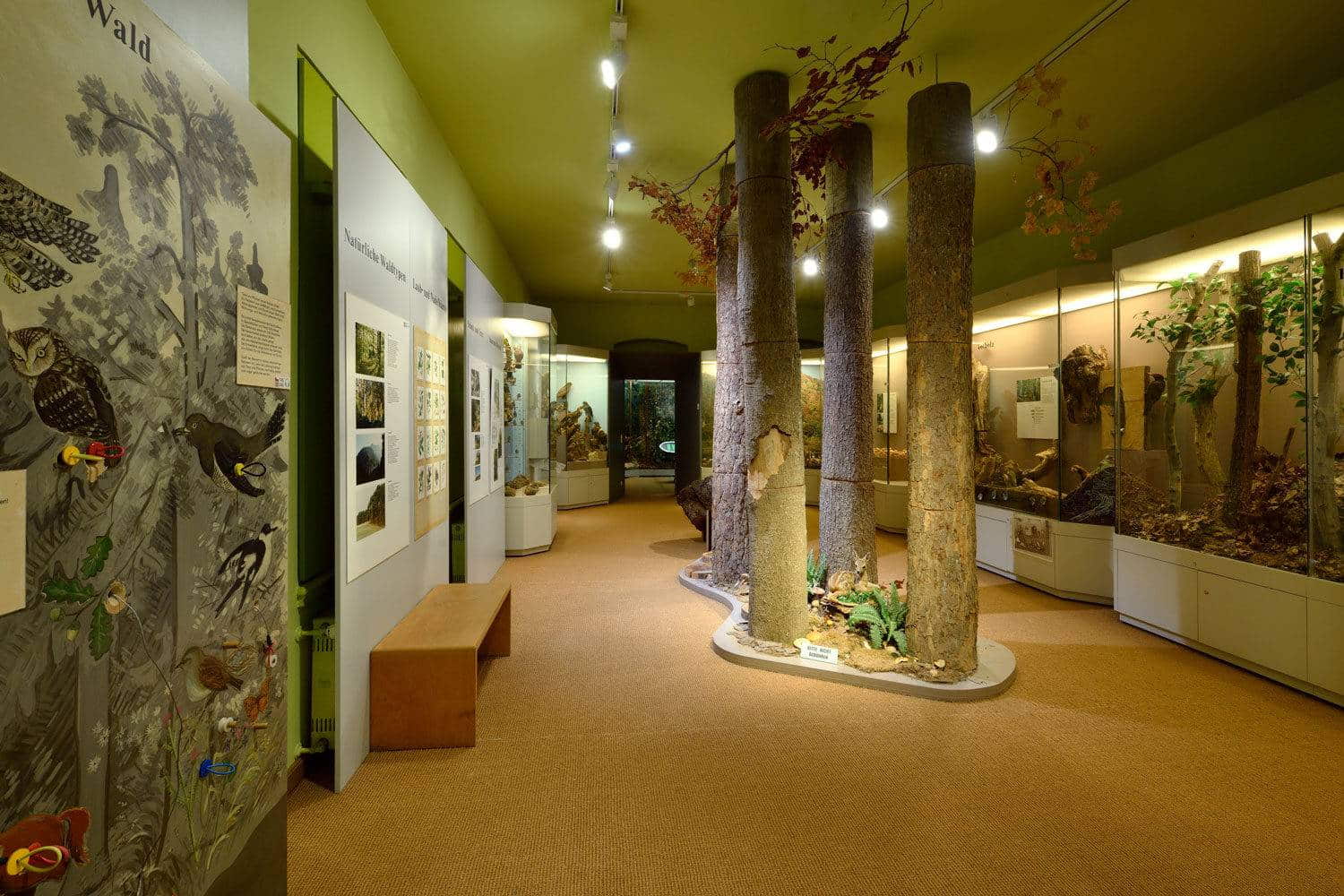The Natural History Museum of Eastern Bavaria is a captivating gateway to the region's rich geological and ecological heritage. Located in the picturesque Herzogspark of Regensburg, this museum offers visitors a fascinating journey through time, from the Jurassic era to the present day. As you step into this treasure house of natural wonders, you'll find yourself at the intersection of four distinct landscape units, perfectly positioned to explore the diverse flora, fauna, and geological marvels that make Eastern Bavaria unique.
The museum's interactive displays, living exhibits, and educational programs promise an engaging experience for curious minds of all ages, making it a must-visit destination for families and nature enthusiasts alike.
Highlights
- Interactive geological exhibits showcasing Eastern Bavaria's unique rock formations and minerals
- Living bee colonies and small animal displays bring local ecosystems to life
- Historical natural history cabinet featuring a wooden library from 1790
Contents
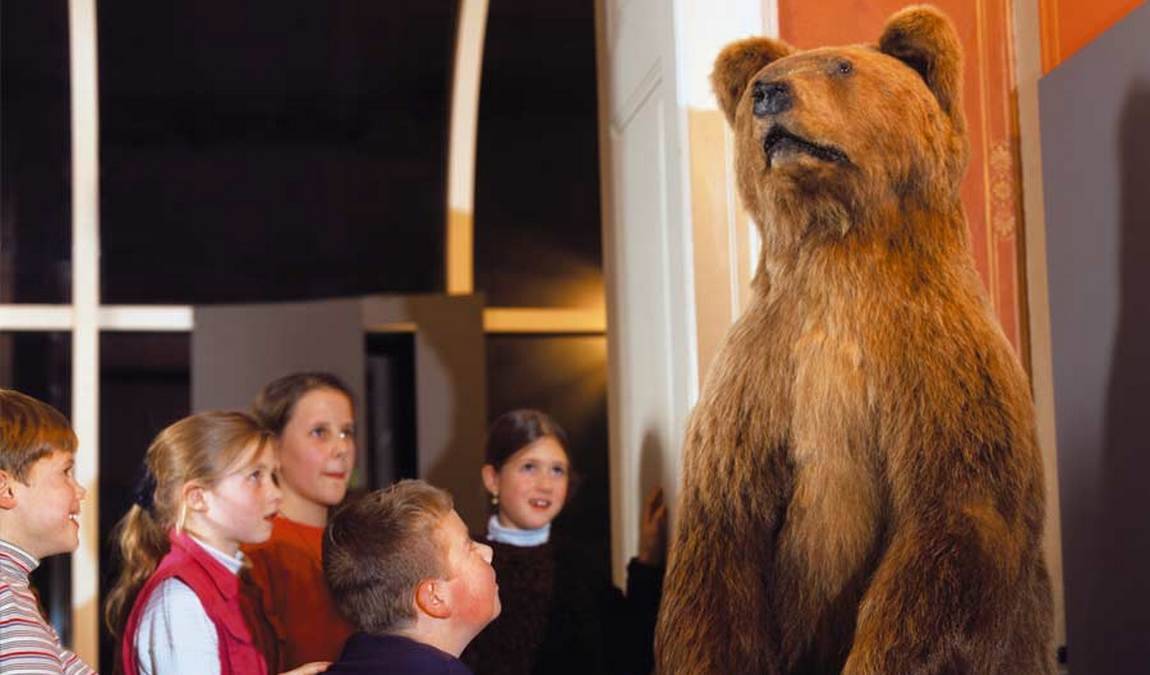 Photo: nmo-regensburg.de
Photo: nmo-regensburg.de
Here is Why Your Kids Will Find it Interesting
Natural History Museum of Eastern Bavaria is worth visiting with kids aged 5-15 curious about the natural world. The museum's hands-on exhibits and touchable specimens spark young imaginations, allowing children to explore prehistoric life, observe living creatures, and learn about environmental conservation. Interactive displays on regional geology and biodiversity captivate young minds. At the same time, the outdoor "laboratory," with its pond and "insect" garden, provides a perfect setting for budding scientists to explore nature firsthand. The museum's educational programs cater to school-age children, making complex concepts accessible and exciting for young learners.
Family-friendly features
- Interactive play areas designed for different age groups
- Family-oriented guided tours and workshops on weekends
- Picnic area in Herzogspark for refreshment breaks
Geological Marvels of Eastern Bavaria
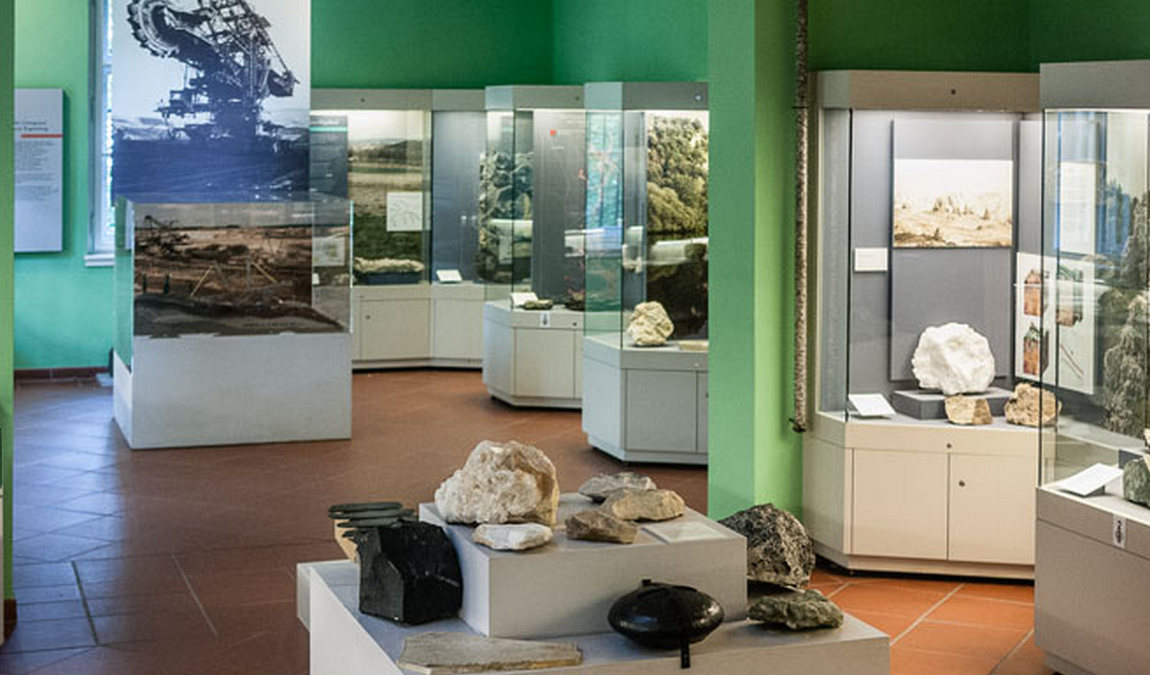 Photo: nmo-regensburg.de
Photo: nmo-regensburg.de
Eastern Bavaria's geological wonders take center stage at the Natural History Museum, offering visitors a deep dive into the region's unique rock formations and minerals. Interactive displays bring the area's geological history to life, showcasing sedimentary, metamorphic, and igneous rocks that tell the story of millions of years of tectonic activity and erosion processes.
The museum's location in Regensburg is particularly significant, as the city sits at the intersection of four distinct landscape units. This geological crossroads provides a rich tapestry of environments, from the Bavarian forests to Alpine regions, river systems, and grasslands. Visitors can explore how these diverse landscapes have shaped the region's biodiversity and human history.
Highlights of the geological exhibits include:
- Crystal formations and gemstones native to Eastern Bavaria
- Interactive displays demonstrating plate tectonics and continental drift
- A geological timeline showcasing the evolution of the region's landscapes
Journey Through Time: From Jurassic to Present
 Photo: nmo-regensburg.de
Photo: nmo-regensburg.de
The museum takes visitors on a captivating journey from the Jurassic period to the present day. Exhibits showcase the changing habitats of Eastern Bavaria over millions of years, bringing to life the prehistoric landscapes that once dominated the region.
Key features of this section include:
- Fossil displays featuring dinosaurs and other extinct animals from the region
- Reconstructions of Ice Age environments, including mammoths and cave lions
- Interactive exhibits demonstrating the processes of fossilization and paleontological research
The evolution of flora and fauna in Eastern Bavaria is a central theme, with displays illustrating how species have adapted to changing climates and environments over time. Visitors can trace the development of native species and understand the impact of geological events on biodiversity.
At a distance of 1.4 kilometres is Thurn und Taxis Palace, which is also worth a visit
Biodiversity Showcase
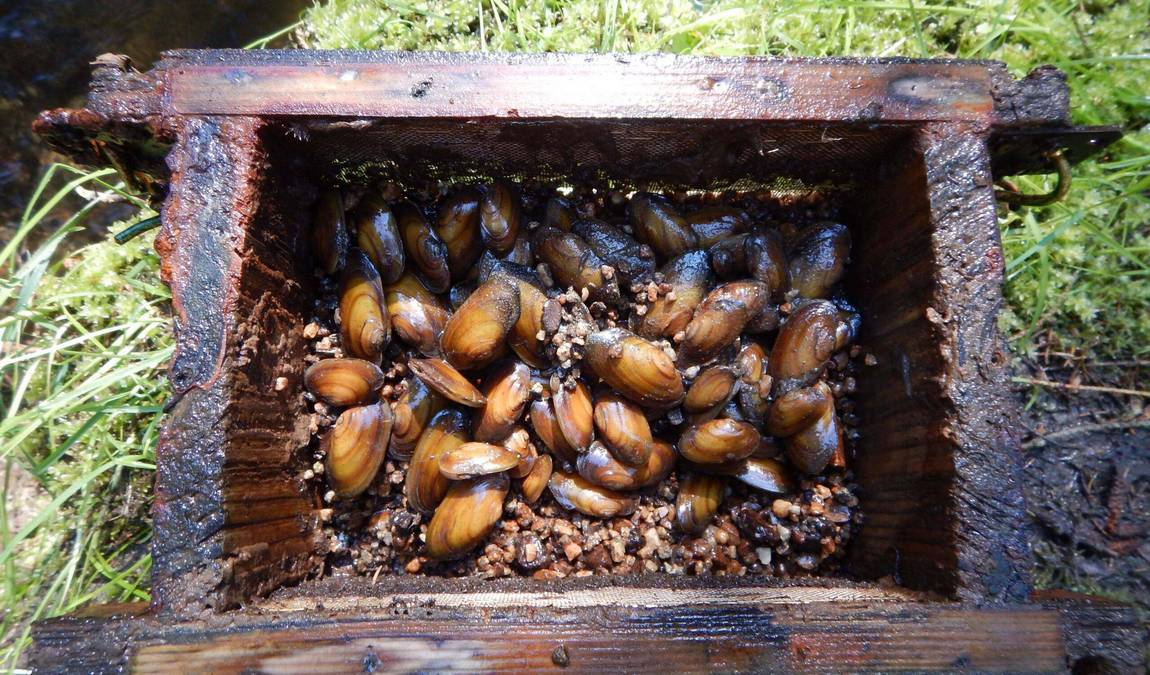 Photo: nmo-regensburg.de
Photo: nmo-regensburg.de
The Natural History Museum of Eastern Bavaria celebrates the region's rich biodiversity with engaging exhibits. Visitors can explore the native species of plants and animals that call Eastern Bavaria home, gaining a deeper appreciation for the delicate balance of local ecosystems. Living exhibits highlight this section, featuring a thriving bee colony that allows visitors to observe these crucial pollinators up close. Small animal displays showcase local wildlife, while aquariums present freshwater species from the Danube and other regional water bodies.
The museum's impressive representations of local ecosystems offer immersive experiences of Eastern Bavaria's natural habitats. Visitors can explore Bavarian forests with their diverse plant and animal life, rocky habitats showcasing species adapted to challenging environments, and wetlands and water ecosystems that highlight the importance of these areas for biodiversity. These exhibits provide a comprehensive overview of the region's varied landscapes and the intricate web of life they support, fostering a deeper understanding of Eastern Bavaria's natural heritage.
Interactive Learning Experiences
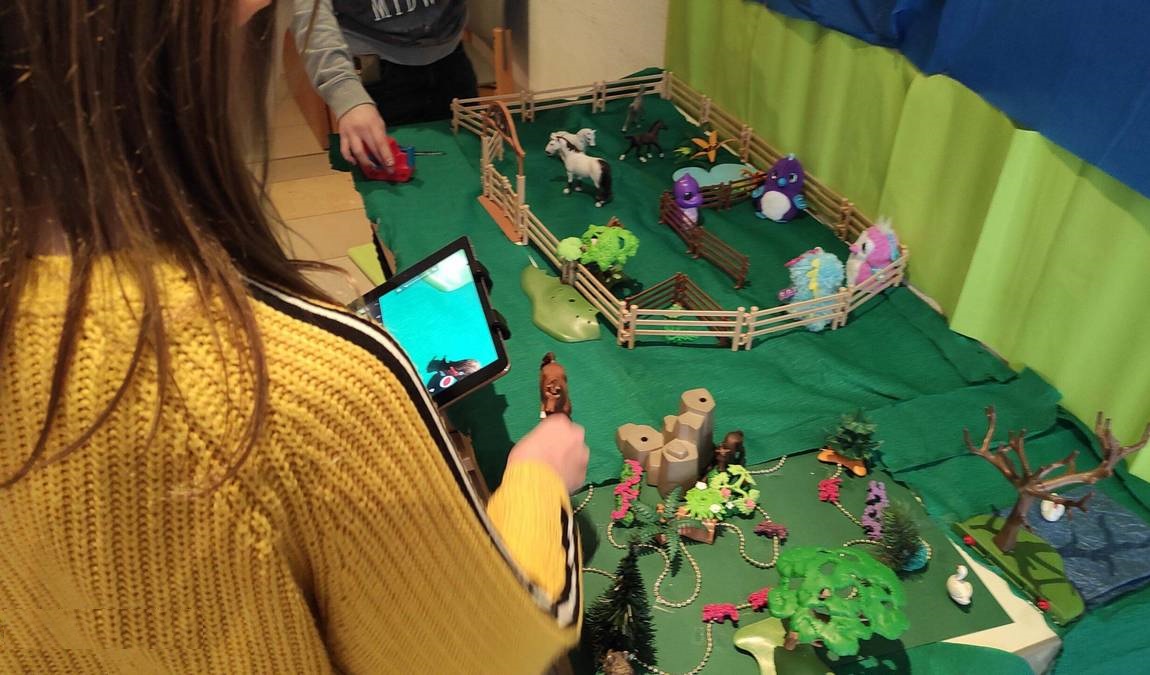 Photo: nmo-regensburg.de
Photo: nmo-regensburg.de
The Natural History Museum of Eastern Bavaria prides itself on offering hands-on, interactive learning experiences for visitors of all ages. The museum's philosophy is that touching and exploring is essential to understanding, reflected in its many tactile exhibits.
Key interactive features include:
- Touchable specimens of rocks, minerals, and fossils
- Microscopy stations for close-up examination of small specimens
- 3D modeling and augmented reality exhibits bringing extinct species to life
Educational programs are a cornerstone of the museum's offerings, with specially designed activities for:
- School groups with curriculum-aligned workshops and guided tours
- Families, including weekend activities and holiday programs
- Adult learners, with lectures and specialized tours
The outdoor "laboratory," complete with a pond and insect garden, extends the learning experience beyond the museum walls. Here, visitors can engage in hands-on activities like pond dipping and insect observation, connecting classroom concepts with real-world nature.
Special Features and Collections
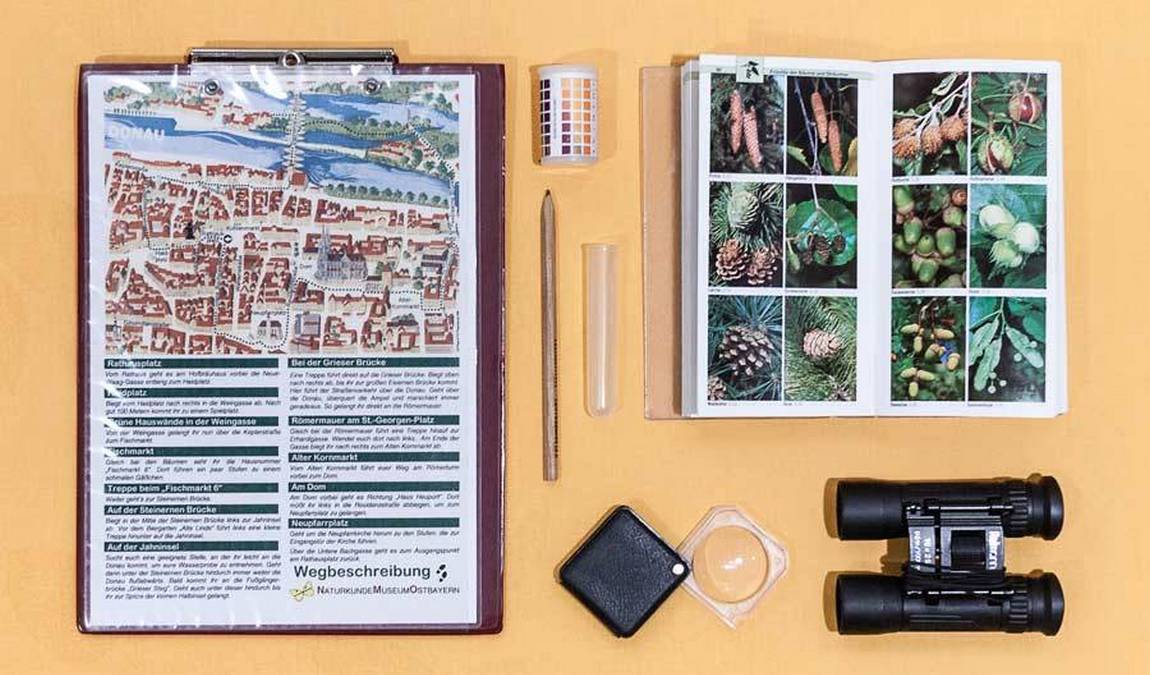 Photo: nmo-regensburg.de
Photo: nmo-regensburg.de
The Natural History Museum of Eastern Bavaria boasts several unique features that set it apart from other institutions. One of its crown jewels is the meticulously recreated 18th-century cabinet of curiosities, offering visitors a fascinating glimpse into early natural history collections. This Historical Natural History Cabinet transports guests back in time, showcasing how naturalists of the past gathered and displayed their findings.
Equally impressive is the beautifully preserved wooden library from 1790. This architectural gem houses a collection of historical, scientific texts and illustrations, providing a tangible link to the early days of natural science research and documentation. The library's ambiance alone is worth experiencing, with its rich wooden shelves and the subtle scent of aged paper.
The museum offers a Geological Nature Trail in the adjacent Herzogspark for those who prefer to explore nature firsthand. This outdoor exhibit allows visitors to observe and interact with geological formations in their natural setting, bridging the gap between indoor learning and real-world observation.
Adding to these permanent attractions, the museum regularly hosts temporary exhibitions yearly. These rotating displays focus on various aspects of nature and art, ensuring that even frequent visitors will always discover something new and exciting. From seasonal wildlife showcases to artistic interpretations of natural phenomena, these temporary exhibits keep the museum experience fresh and engaging for all.
Best Time to Visit
 Photo: nmo-regensburg.de
Photo: nmo-regensburg.de
The best time to visit the Natural History Museum of Eastern Bavaria with children is during weekends or school holidays when special family programs are often scheduled. Mornings tend to be less crowded, offering a more relaxed experience. The museum is delightful in spring and autumn when the adjacent Herzogspark is most beautiful.
Recommended Duration: A typical visit lasts about 2-3 hours, allowing time to explore the main exhibits and participate in an interactive activity.
Our Resume
The Natural History Museum of Eastern Bavaria offers a rich, interactive experience that brings the region's natural history to life. With its blend of historical collections, modern interactive displays, and living exhibits, the museum provides an engaging and educational outing for visitors of all ages. Its location in the beautiful Herzogspark adds to the appeal, making it a perfect destination for families looking to combine learning with outdoor exploration.


